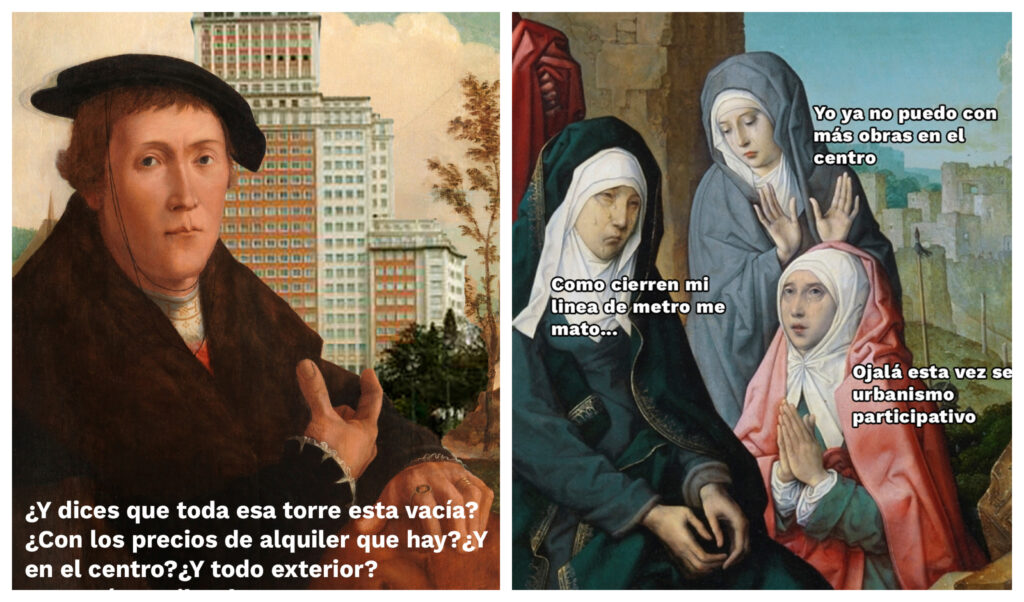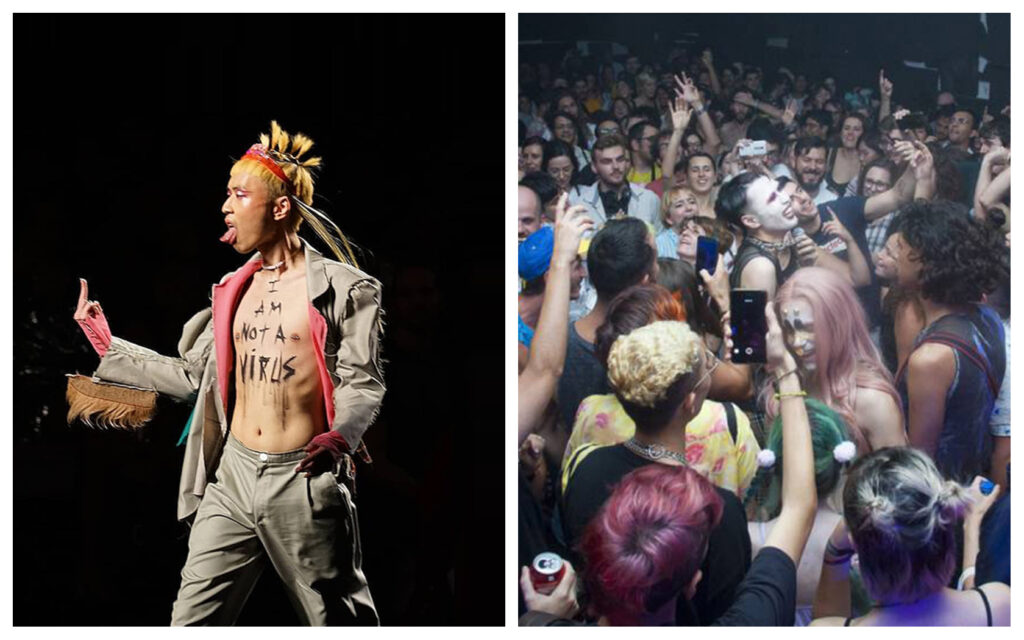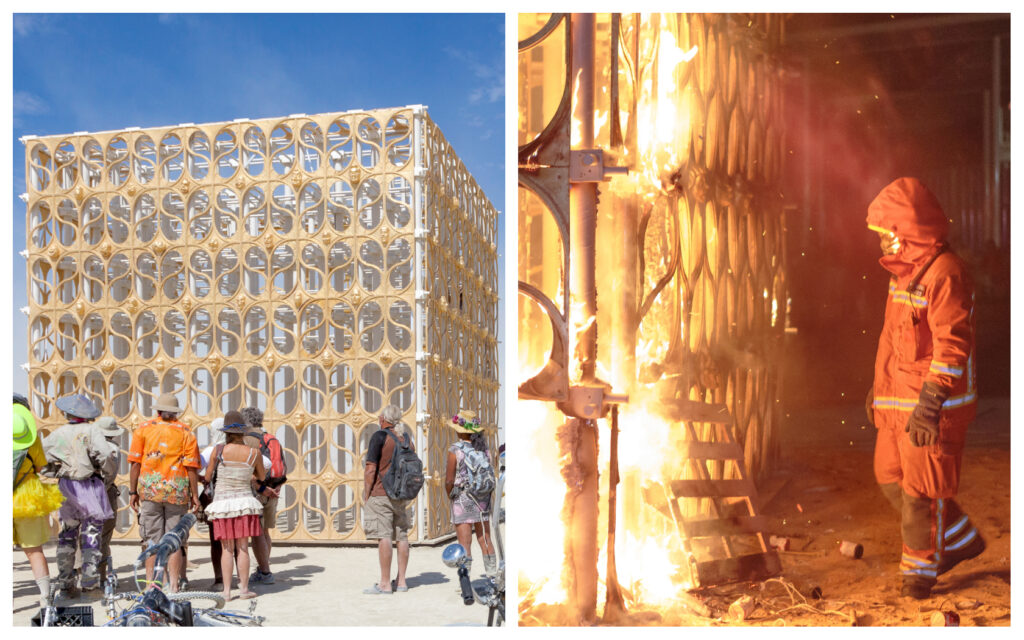The XVII International Architecture Exhibition of La Biennale di Venezia will be inaugurated on May 21 at 1:00 pm. Due to the health crisis caused by Covid-19, this international exhibition had to be postponed. Finally, after months of work looking for a way for the project to be launched, they have managed to inaugurate it.
This year the Venice Biennale is built around the question How will we live together?, formulated by architect Hashim Sakis, and inspired by the Covid-19. A team of 4 young curators selected the 34 projects to be exhibited in this architecture exhibition. There were 466 proposals collected by the team at open call. The 34 chosen projects are very varied, as we can find combinations of disciplines, and new forms of expression and communication such as memes.
Uncertainty: Is uncertainty our only certainty?
The team formed by the four architects from the Canary Islands: Sofía Piñero, Domingo J. González, Andrzej Gwizdala and Fernando Herrera was the project selected to configure the pavilion. Uncertainty is what invaded the bodies of the four young people when they presented themselves to the contest at the end of 2019. They wanted to convey the feeling they live as young people, with a project that takes the form of a cloud and is structured with resumes of several professionals.

Mykoscapes by Chiara Farinea, Mohamad El Atab, Federica Ciccone, Sotiria Sarri of the Institute for Advanced Architecture of Catalonia and Federica Ciccone. Photo by: Instituto de Arquitectura Avanzada de Cataluña and Federica Ciccone.
Uncertainty, the project from the Spanish pavilion, shows us a set of actions that merge and widen the competencies of architecture to face the new demands of society. In this way they manage to draw disciplinary and conceptual boundaries in realities that were not seen as a possibility before. In other words, uncertainty makes us question our previous certainties, showing actions that no longer limit the dimensions of reality.
With the above concept, the pavilion attempts to convey it with a catalog of architectural strategies that respond to the initial question, How will we live together? This question also includes social and environmental issues, which are among today’s main concerns.
Uncertainty has been the concept chosen for the design strategy because, in this way, they manage to rethink individualism in favor of coexistence, and redesign social processes and models, so that there can be an open sale to change.
The Spanish pavilion: La Nube
From the question posed, the winning team has given birth to this architecture exhibition as a translation of uncertainty. The team has distributed the ideas in such a way that the pavilion is transformed into an interactive machine, which merges the questions asked by the visitor, as this will be a space for reflection.

Desert City. Nursery of xerophytic species and associated uses by GarcíaGermán Arquitectos. Photograph by: Subliminal Image.
The heterogeneous cloud, which is the pavilion itself, is the tool that will collect thousands of sheets of paper on which proposals will be written. All of them answering the question, and proposing solutions to how to live together in society.

The nice guest of Quatre Caps (Bernat Ivars Vinaroz, Dídac Sendra Rabena, Juan Suay Rel, Miguel Tomás Tena).
There will be a ring of exhibits surrounding the Cloud itself. In this ring we will find the Sorteo, a process that turns each visit to the Spanish pavilion into an experience that you will not be able to prevent, so they will not be able to tell you about it. This unique and indeterminate experience will reflect the continuous transformation of our reality.
The person who enters the Spanish pavilion will enter the Draw from the four side rooms that have no hierarchy. These abstract and decontextualized pieces will be the projects previously selected for the pavilion’s exhibition.

Telefónica 5G: Segovia AR experience, by Natoural (Carlos Timoner Lloréns, Juan Antonio García Navarro, Juan Francisco Sánchez López, Pedro Milanés Hernández, Javier Torres Suárez)
When the visitor arrives at the halfway point of the tour, he/she will find the Juntos room. In this room, the visitor will come across a sequence translated into an audiovisual projection. In this projection, it will be possible to observe the sequence of interpretative operations by which the different projects exhibited are selected from the Cloud, and likewise, the operations that make each visitor have a unique and indeterminate experience.
Available from May 21 at 13:00h until November 21, 2021.
Address: Ca’ Giustinian, San Marco 1364/A 30124 Venice








